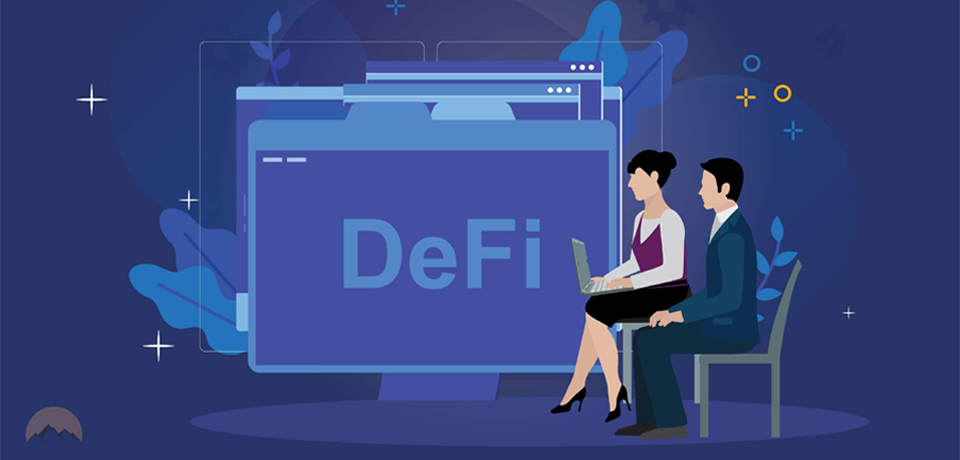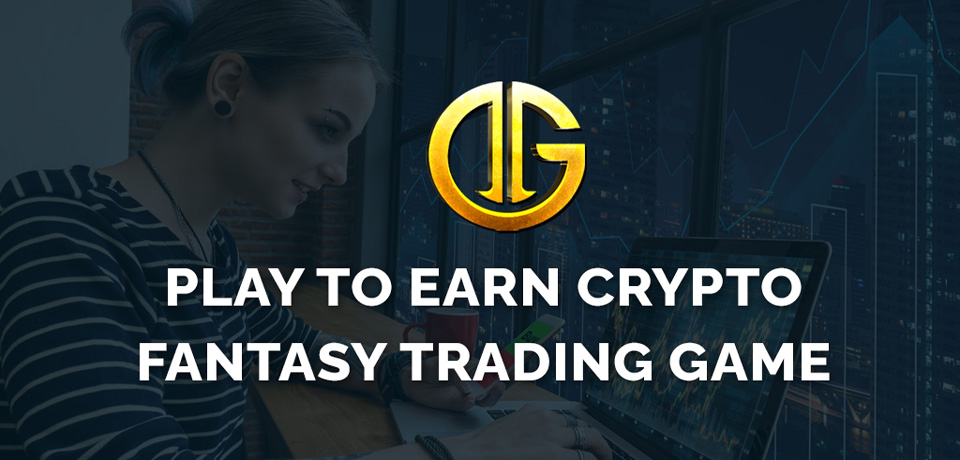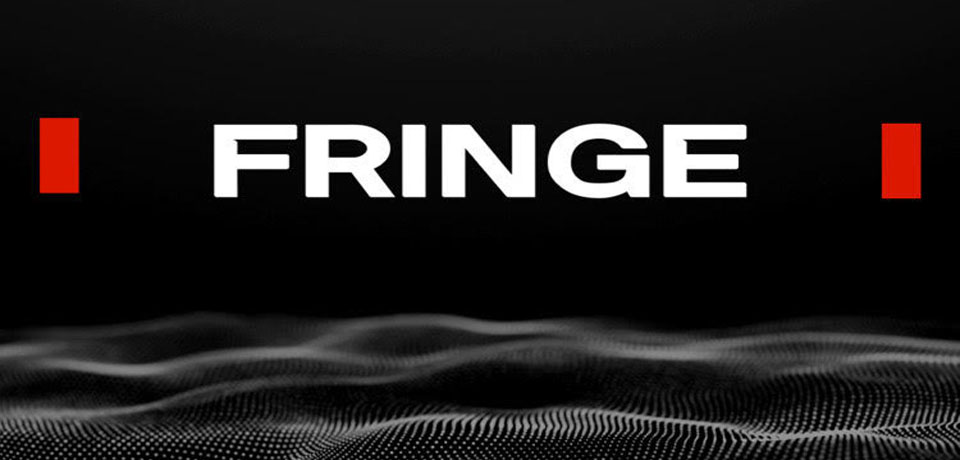The success of De-Fi lending rests on its ability to reduce risk for borrowers. Yet by requiring margin calls Aave, Compound, Uniswap and MakerDAO still function as traditional lenders. Backed by the principle of Guarantor Value the Goosie Protocol secures loans flawlessly 24×7 with no margin call.
Flawlessly 24×7
The silver lining in the recent crash of crypto prices is the way DeFi lenders have performed so much better than centralised platforms. In last week’s letter to investors Pantera Capital CEO Dan Morehead comments:
DECENTRALIZED finance protocols – like Aave, Compound, Uniswap, MakerDAO – all functioned flawlessly 24×7. This crisis proves the opposite of the common narrative. It proves DeFi works great. Way better than centralized finance firms like Celsius, BlockFi, Lehman Brothers, et al.
In other words transparency, trustless execution and smart contract discipline has removed many of the risks that brought the financial system to its knees in 2008. Morehead mentions leverage loans, back room deals and conflicts of interest in particular.
Yet in one respect DeFi lenders are no different than traditional banks – both require margin calls.
Margin calls are a big deal for borrowers. For example on the 13th June plummeting Bitcoin prices caused 260,000 investors to have $1 billion worth of margin calls forcing the sale of their collateral at a loss.
Is there a way DeFi can remove this risk for borrowers? A project I have initiated called Goosie, based on the principle of Guarantor Value is designed to do just that.
But before I share Goosie with you I want to respect just how high today’s DeFi lenders have set the bar. Thanks to smart contract discipline margin calls ensured that during recent events every lender using Aave, Compound, Uniswap and MakerDAO got their money back. That is what Morehead means when he says they functioned flawlessly 24×7. It means that if DeFi is to evolve to no-margin call the same standard of flawless 24×7 execution must apply.
Two Steps to Flawless Execution
With Goosie lending with no margin call is achieved in two steps:
- lend based on Guarantor Value
- self-issue the loan.
Table 1 Two steps to secure all loans flawlessly 24×7 with no margin call
| Action | |
| Step 1. Majority of loans secure | Use collateral valuable enough to the borrower (guarantor) for them to want it back. |
| Step 2. All loans secure flawlessly 24×7 | Self-mint loans. |
Step one: Lend based on Guarantor Value
Imagine you run out of gas. Walking to the gas station you realise you have left your wallet in the car. Rather than go back you ask the station attendant if he would hold your phone to cover the cost of the gas until you return with your wallet. He agrees and fills a can. You get back to your car, drive the station, pay for the gas and pick up your phone.
What has just happened?
You received a loan of gas by providing a guarantee, in this case your phone. Importantly the phone is of no value to the station attendant because it is locked. The reason your phone works as a guarantee is that the attendant knows it is valuable to you and you want it back.
Notice there is no assessment of the market value of the phone relative to the gas in the can. The attendant is confident in repayment not because of the dollar value of the phone but because the phone is valuable to you.
This is Guarantor Value – a loan made based collateral the lender knows the borrower (guarantor) wants back.
Excluding stablecoins, most crypto meet the collateral criteria for the Guarantor Value approach because coins are bought with the expectation that their value will rise in the future. In other words, the man or woman using them as collateral for a loan has the expectation that at some point they will want to repay the loan to retrieve their collateral.
So how does the Guarantor Value approach change things?
At present Gerry deposits $100 worth of Bitcoin with a De-Fi lender and receives a $50 loan. (Let us assume the lender needs just 100% collateral before triggering a margin call, in practise the collateral requirement is much greater.) If the value of Gerry’s Bitcoin falls to $50 the lender sells his Bitcoin (the margin call) and re-coups the value of the loan. Gerry no longer has his Bitcoin and taken a 50% ($50) loss.
If we replay the scenario using the Guarantor Value approach it looks like this:
Gerry deposits $100 worth of Bitcoin with a lender and receives a $50 loan. Only this time if Gerry’s Bitcoin falls to $50… nothing happens. If the value of Gerry’s Bitcoin falls still further to $20… still nothing happens. Why? Because the lender remains confident Gerry wants his Bitcoin back and will therefore repay the loan.
Table 2 Two ways to secure a loan, the traditional full collateralisation approach and Guarantor Value
| Traditional Full Collateralisation | Guarantor Value | |
| Deposit | $100 BTC | $100 BTC |
| Loan received | $50 | $50 |
| Value of BTC drops to $50 | Margin call. BTC sold to repay loan. Investor loses BTC & takes $50 loss. | Nothing happens. Loan still secure. |
In olden days a noble would send their son to the king’s court as a guarantee of the noble’s good behaviour. The process was the same. The son was of little value to the king but meant a lot to the father. With Guarantor Value, the guarantee works, not because of any agreed value of the collateral posted, but because it has value to the guarantor.
Step two: Self-mint the loan
In itself step one of the Guarantor Value approach is enough to secure the majority of loans currently made on Aave, Compound, Uniswap and MakerDAO without the need for a margin call. However step two is needed to turn this majority into the 24×7 flawless execution now expected in DeFi.
The reason is this:
What if lenders had used the Guarantor Value approach and before May 2022 accepted Terra (now Terra Classic, LUNC) as collateral? Before May borrowers would have fully expected to want their Terra back. But by 15th May the value of Terra was close to zero and few borrowers would have confidence their collateral would ever appreciate again. In this case the lender has a bad debt. This would never happen under the current margin call model of Aave, Compound, Uniswap and MakerDAO.
In other words for no-margin call to work in DeFi it has to be able to cope with a scenario like Terra where the collateral fails completely and the borrower no longer believes its price will improve.
This is achieved by self-minting the loan.
Self-minting means to collapse the lender-borrower relationship into the same person and have them mint their own stable currency against the collateral they lock into a smart contract. The collateral only becomes available to them again once they repay the full value of the loan.
Table 3 With Goosie the borrower and lender are the same person. They self-mint the Goosie coin based on the value of collateral locked into the smart contract. Only by repaying the full value of the Goosie coin minted for the loan can they get their collateral back.
The reason self-minting makes lending flawless 24×7 is because of the ability of Guarantor Value to secure the value of the currency minted.
As soon as the lender/borrower realise they have to pay back the full value of the loan they self-mint at the official pegged price, none of the currency entering the market will do so at anything except the official pegged price. To do otherwise the lender/borrower would penalise themselves. For example:
Steve self-mints $50 worth of Goosie coin. But rather than spend it at the official peg of $1 per coin, he spends Goosie at 80 cents per coin which gives him $40. When it comes time for Steve to reclaim his collateral he still needs to deposit $50 worth of Goosie with the smart contract – the full value of the loan. By spending his new-mint Goosie at 80 cents Steve has cost himself $50 – $40 = $10.
Table 4 Goosie enter the market at the full pegged price because borrowers know they have to pay this price to redeem their collateral. Once in the market at the pegged price it is in no-one’s interest to trade at a price below or above this value.
Notice how the ability to maintain the peg again has nothing to do with the value of the collateral deposited. All that matters is confidence that the men and women who self-minted expect the value of their collateral to rise and hence can be relied upon to want it back.
Let us unpack this a little.
Mary deposits $100 worth of Bitcoin into the Goosie smart contract. The smart contract immediately issues $54 worth of Goosie coin[1]. $50 goes to Mary and $4 goes in system fees. Mary has just loaned herself $50.
Now Mary knows that when she wants her Bitcoin back she is going to have to repay the full value of her self-loan. For example, when she wants to repay, Goosie may be trading at 94 cents rather than the official pegged value of $1. In this case Mary needs to repay: $54/0.94 = 57.44 Goosie.
Because she knows this Mary has zero incentive to use her Goosie at anything below the official pegged price. This means all Goosie enter circulation at the pegged price. Because they do so no one has incentive to trade them at anything other than the pegged value as this is the price they must have paid for them.
As you can see the peg of Goosie to the US dollar is maintained by the desire of Mary to have her Bitcoin back. Because she wants her Bitcoin back, and does not want to penalise herself by selling her new-mint Goosie into the market at a price below official pegged price, Goosie always enter the market at the pegged price.
If men and women had posted Terra as collateral before May 2022, the failure of their Terra collateral does not affect the value of the currency minted by other men and women as self-loans. The behaviour of the majority of men and women self-minting has not changed because the majority still believe they want their own collateral back.
It is true that those who used Terra never have to repay their loans. Why would they? Their collateral is now worthless. But on the other hand no other man or woman acting as borrower/lender is adversely affected. The loans they self-mint continue to hold their value and not a cent has been lost in the loan process.
So we can say Guarantor Value not only secures the majority of loans without a margin call. It also maintains the peg of a currency issued against collateral deposited. With this second function Guarantor Value raises the bar from securing the majority of loans, to flawlessly securing all loans 24×7 – all with no margin call.
About Branton
After being CEO of predictive analytics firm VortexDNA I fell for the blockchain in 2018. I have a passion for stable decentralised money owned by the people who use it. Goosie is my fourth project in the space.
[1] See below for the reason why the Goosie smart contract always mints 54% of the value of collateral deposited.



